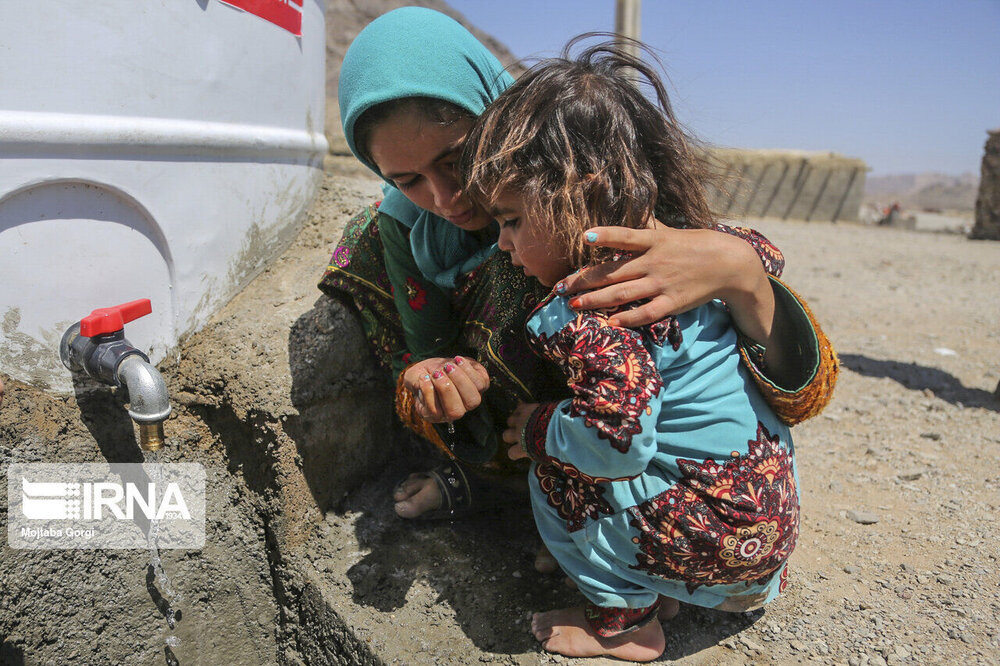Rainfall drops by 54% compared to last water year

TEHRAN – Precipitation in Iran amounted to 127.8 millimeters from the beginning of the current water year (September 22, 2020) until April 24, which demonstrates a 54 percent decline compared to the same period last [Iranian calendar] year.
In comparison with the long-term average (52 years), rainfall dropped by 41 percent over the aforementioned period, according to the data released by the Ministry of Energy.
Over the past water year (September 2019-September 2020), the country received 279.3 mm of rainfall.
During this period, northern Gilan province with 604.3 mm, western Kohgiluyeh and Boyer-Ahmad province with 542.6 mm, and western Lorestan province with 397.96 mm were the rainiest provinces in the country, respectively.
Now, the eastern and southern provinces of the country have experienced a severe shortage of rainfall compared to the same period last year.
The southern provinces of Sistan-Baluchestan and Hormozgan, and the eastern province of South Khorasan were the three areas with the lowest precipitation, which recorded 6.9 mm, 18.6 mm, and 40.46 mm of rain, respectively.
The amount of rainfall in the Sistan-Baluchestan and Hormozgan provinces has decreased by 93 and 89 percent, respectively, compared to the long-term run. However, except for northwestern Ardebil province, which experienced a 4 percent increase compared to last water year, other provinces recorded a drop in rainfall.
Earlier in April, Abolghasem Hosseinpour, director of flood control at Forests, Rangelands, and Watershed Management Organization said that Iran will probably experience drought over the current [Iranian calendar] year (began on March 21), as only four provinces out of 31 provinces of the country received normal rainfall last year.
Given that Iran is an arid and semi-arid region, the rainfall rate is low, in other words, the fluctuations of rainfall vary significantly from year to year, he added.
Over the last two years, Iran was doused with rain which was unprecedented during the past 50 years, but last year, unfortunately, the country faced drought, which shows a 40 percent decrease in rainfall, he explained.
Watershed management is a solution to strengthen the ecosystem in the face of subsequent droughts by penetrating rainfall into the ground.
Wet spell or still short of rain?
Rainfall extremes over the past three years slowly questioned the conception that Iran is experiencing a long-term drought and some of the experts announced that a wet spell will embrace the country.
So, some experts claimed that Iran has entered a period of a wet spell after experiencing dry spells over the past few decades, some others highly rejected the claim implying that the country faced a lack of rain by 50mm over the past 5 decades.
Climate disruption or global climate disruption, is the new term scientists are using to explain the extreme fluctuations that can and will occur to our weather systems as anthropogenic-caused carbon dioxide and other greenhouse gases increase in our atmosphere, the oceans get warmer, and weather events go wild.
The report regrets that climate disruption will be continuing as climate change is on the rise and it calls on taking proper and effective measures to alleviate the adverse effects of climate change on the country.
In fact, experiencing two or three consecutive years of rainy days cannot ensure that drought no longer hits the country, but then it may enter a multi-year drought.
FB/MG
Leave a Comment